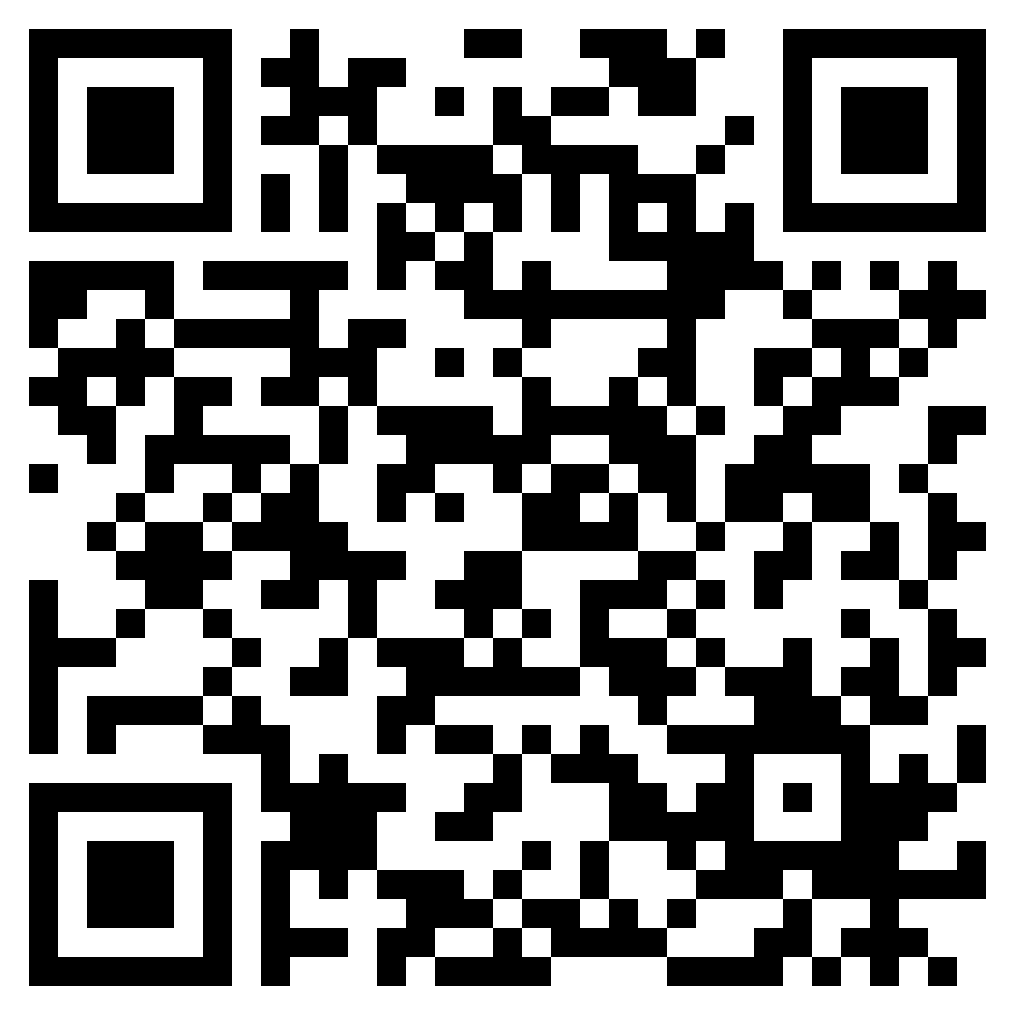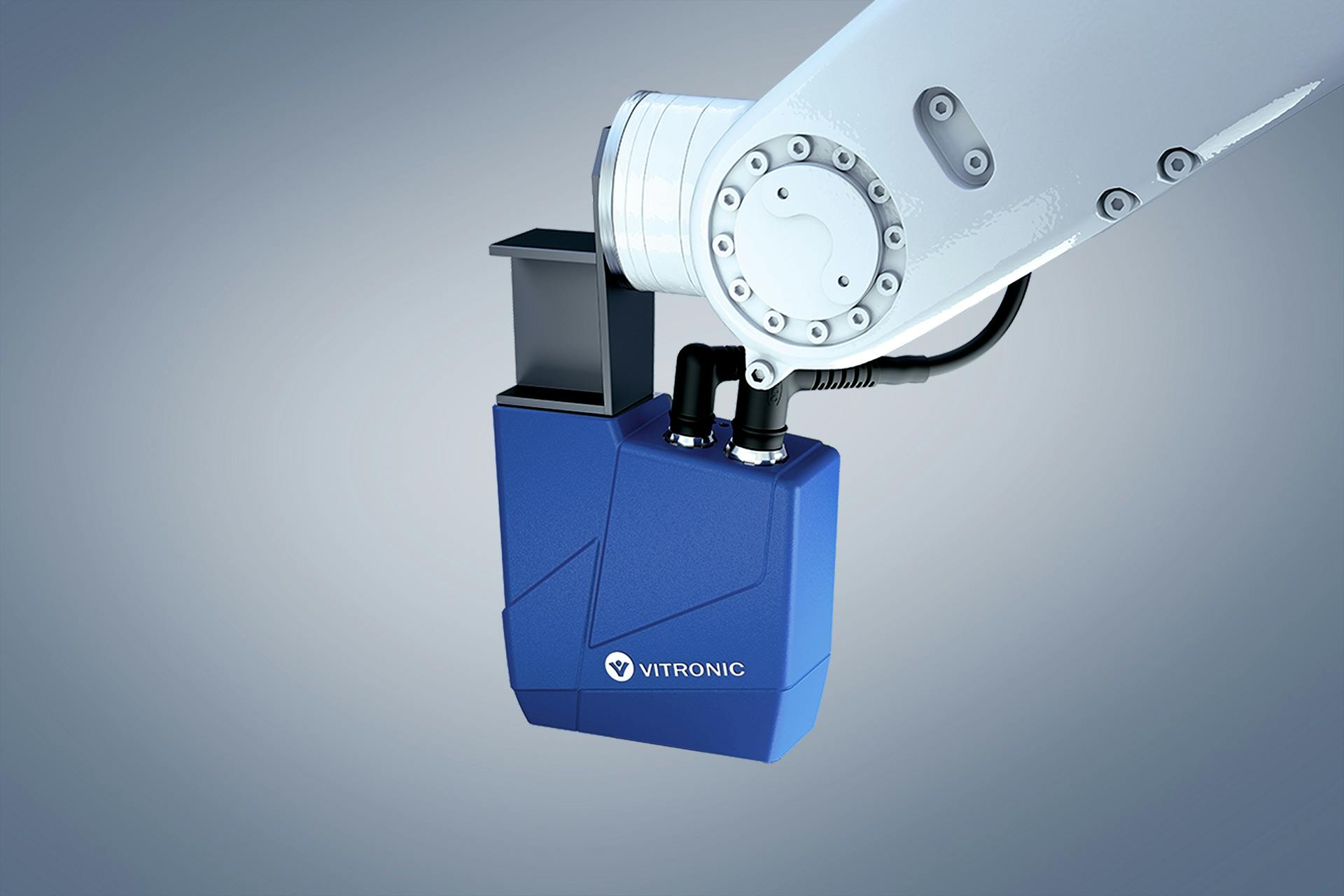How Welding Inspection Milwaukee Guarantees Safety and Quality in Your Jobs
How Welding Inspection Milwaukee Guarantees Safety and Quality in Your Jobs
Blog Article
A Comprehensive Guide to Welding Inspection Techniques and Best Practices for Top Quality Assurance in Manufacture Projects
Welding examination serves as an essential column in making sure the architectural stability and safety and security of produced jobs. Establishing reliable practices and a robust high quality management system can improve conformity and dependability.
Significance of Welding Inspection
Welding inspection is a vital element in making sure the honesty and safety of welded frameworks. The process involves a methodical analysis of welds to determine any issues that may jeopardize the toughness and resilience of the end product. Effective assessment is vital not just for conformity with sector requirements and laws however likewise for safeguarding the health and wellness of personnel and the general public.

In addition, welding assessment works as a beneficial device for continuous enhancement in construction procedures. By recognizing reoccuring problems, companies can carry out restorative steps, leading to enhanced training for welders and better general techniques. Ultimately, focusing on welding evaluation fosters a culture of top quality assurance, making certain that jobs fulfill both consumer expectations and governing requirements. This positive approach is critical for accomplishing excellence in welding and construction.
Usual Welding Assessment Techniques
Various techniques are utilized to inspect welds, each tailored to identify specific types of issues and make sure top quality. Amongst one of the most typically utilized methods are visual inspection, ultrasonic screening, radiographic testing, magnetic bit screening, and color penetrant screening.
Visual examination is the most straightforward strategy, permitting examiners to identify surface irregularities such as fractures, porosity, and damaging. Ultrasonic screening uses high-frequency sound waves to spot internal problems, offering a thorough evaluation of weld honesty. Radiographic testing makes use of X-rays or gamma rays to develop photos of the weld, exposing interior defects that are not visible to the nude eye.
Magnetic bit testing is particularly efficient for ferromagnetic products, determining surface and near-surface issues by using magnetic areas and utilizing great particles that indicate irregularities. Dye penetrant testing includes using a colored color to the weld surface area, which leaks right into cracks and is disclosed under ultraviolet light, making it very easy to find defects.
Each of these strategies plays a critical function in preserving welding quality, and the choice of a suitable approach depends on the details requirements of the construction task, including material kind, weld setup, and the preferred level of examination.
Necessary Examination Tools

These tools aid make certain that welds satisfy the needed specifications for stamina and longevity. Furthermore, ultrasonic screening gadgets are used to find inner flaws without compromising the integrity of the weld.
An additional indispensable tool is the firmness tester, which analyzes the mechanical buildings of a weld and identifies its viability for particular applications. Welding assessment software program aids in recording searchings for, facilitating data analysis, and ensuring conformity with market requirements. Together, these vital evaluation tools create a detailed collection that sustains the welding assessment procedure, ultimately adding to the quality control of fabrication tasks.
Finest Practices for Quality Control
In the search of high quality assurance, applying finest techniques is important for accomplishing constant and dependable welding end results. Developing a comprehensive welding top quality administration system (WQMS) is basic. This system should encompass defined treatments, requirements, and paperwork practices that assist every stage of the welding procedure.
Routine training and accreditation of welding employees are essential. Skilled welders with updated knowledge of strategies and precaution add significantly to quality. Performing pre-welding evaluations ensures that products and devices meet defined requirements, lowering the probability of problems.
Including real-time monitoring throughout the welding procedure permits instant detection of abnormalities, making it possible for rehabilitative activities to be taken promptly. Post-welding evaluations, including visual checks and non-destructive click reference screening (NDT), are critical in verifying weld stability and compliance with market requirements.
Furthermore, preserving precise records of evaluations, weld specifications, and restorative actions promotes a culture of responsibility and constant enhancement. Engaging stakeholders in regular quality reviews can additionally boost the total efficiency of high quality assurance steps. By adhering to these best practices, companies can dramatically raise their welding quality control initiatives, therefore making certain job success and client complete satisfaction.
Enhancing Safety and Compliance
Attaining high requirements in welding quality control normally aligns with the vital of enhancing safety and security and conformity within the industry. Reliable welding assessment methods are essential in identifying possible risks and ensuring that all processes abide by regulatory criteria. These techniques not just serve to keep structural honesty however additionally safeguard the health and wellness of personnel associated with manufacture jobs.
Applying rigorous examination procedures, such as aesthetic examinations, non-destructive screening (NDT), and thorough paperwork, develops a culture of security and accountability. Training welders and assessors in present security regulations and ideal techniques is necessary. This makes certain that all group participants know possible dangers and are outfitted to minimize them.
Additionally, conformity with sector standards, such as those established by the American Welding Society (AWS) and the International Organization for Standardization (ISO), is non-negotiable. Routine audits and analyses help recognize gaps in safety steps and advertise constant renovation - Welding Inspection Milwaukee. Inevitably, a commitment to improving safety and conformity not just promotes a much safer working atmosphere yet also brings about exceptional high quality end results and lowered responsibility for companies participated in welding fabrication
Conclusion

Welding inspection serves as a basic pillar in making sure the structural stability and safety and security of fabricated tasks.Welding inspection is an important component in making sure the honesty and safety of bonded structures. Ultimately, focusing on welding examination fosters a culture of top quality guarantee, ensuring that jobs fulfill both customer expectations and regulative demands. With each other, these important evaluation devices create a comprehensive arsenal that supports the welding assessment procedure, inevitably contributing to the high quality assurance of manufacture tasks.
In verdict, effective welding evaluation is necessary for making sure the architectural honesty and safety and security of fabricated projects. Welding Inspection Milwaukee.
Report this page